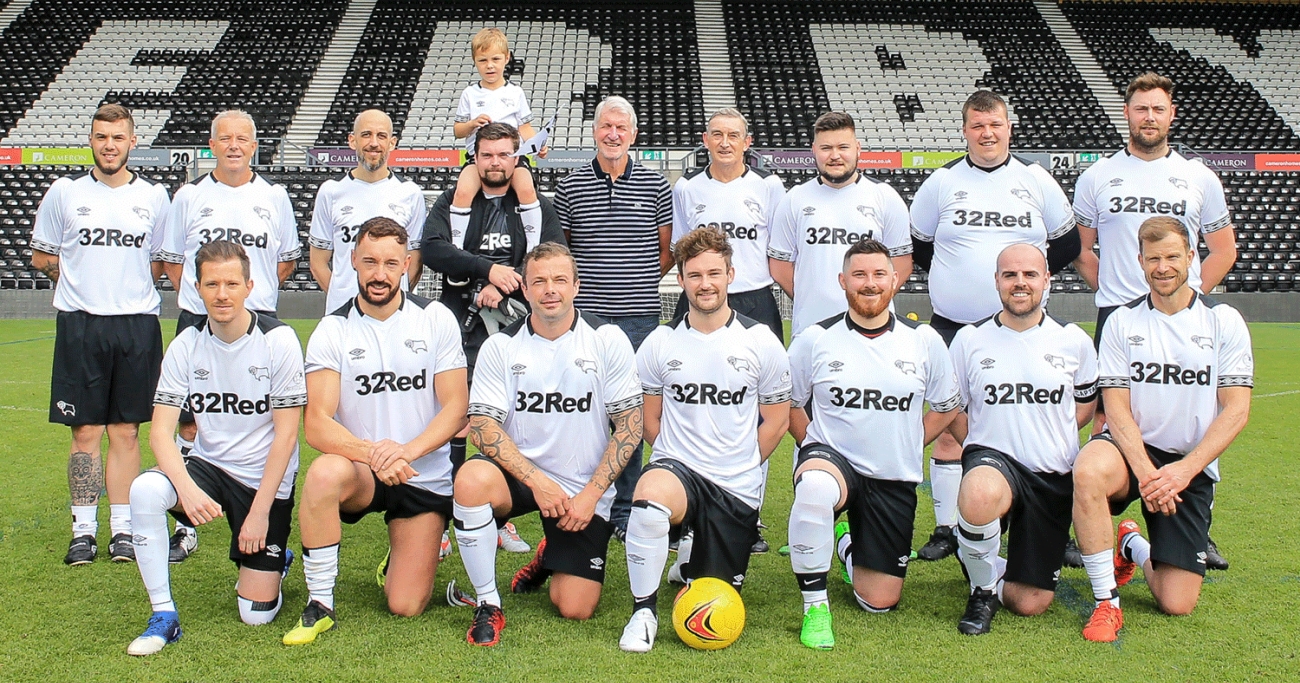
boiniznamen – Derby County Football Club is a professional association football club based in Derby, Derbyshire, England. The club competes in the EFL League One, the third level of the English football league system. The club’s home matches are played at Pride Park Stadium, where the club moved in 1997.
The club’s nickname is The Rams, which honours its links with the First Regiment of Derby Militia. The club has a long-standing rivalry with Nottingham Forest, with whom they contest the East Midlands derby.
Early Years and First Division Glory
Derby County was formed in 1884 as an offshoot of Derbyshire County Cricket Club, with the intention of giving players and supporters a winter interest as well as securing the cricket club extra revenue. The club’s first competitive match was in the 1885 FA Cup, where they lost 7–0 at home to Walsall Town.
The club joined the Football League in 1888, becoming one of the 12 founder members. The club’s first major trophy came in 1895, when they won the FA Cup by beating West Bromwich Albion 4–1 in the final.
The club’s most successful period came in the 1970s, when they won the First Division title twice, in 1972 and 1975, under the management of Brian Clough and Dave Mackay. The club also reached the semi-finals of the European Cup in 1973, losing to Juventus. The club had several star players during this era, such as Peter Shilton, Roy McFarland, Colin Todd, Archie Gemmill, Kevin Hector, and Francis Lee.
Decline and Relegation
The club’s fortunes declined after the departure of Clough in 1973, and the club suffered several relegations and promotions between the top two divisions. The club also faced financial difficulties and was on the verge of bankruptcy in the early 1980s.
The club was saved by a consortium led by Robert Maxwell, who became the club’s chairman in 1984. However, Maxwell’s ownership was controversial and ended in scandal after his death in 1991, when it was revealed that he had plundered the club’s funds.
The club returned to the top flight in 1987, but was relegated again in 1991. The club then spent six seasons in the second tier, before winning promotion to the Premier League in 1996, thanks to a play-off final victory over Crystal Palace. The club moved to a new stadium, Pride Park Stadium, in 1997, and enjoyed a brief spell of stability and success in the Premier League, finishing ninth in 1999 and eighth in 2000.
Recent Years and Struggles
The club’s fortunes took a turn for the worse in the 2000s, as they suffered two relegations and one promotion. The club’s lowest point came in the 2007–08 season, when they finished bottom of the Premier League with a record-low 11 points, winning only one game out of 38. The club also faced several managerial changes and ownership issues, as well as a points deduction for breaching financial rules in 2020.
The club is currently in the EFL League One, after being relegated from the Championship in 2021. The club is managed by Wayne Rooney, the former England and Manchester United star, who joined the club as a player-coach in 2019.
The club is owned by Mel Morris, a local businessman and lifelong fan, who bought the club in 2015. The club’s current captain is Curtis Davies, a veteran defender who joined the club in 2017.
Conclusion
Derby County Football Club is one of the oldest and most historic clubs in English football, with a rich and proud heritage. The club has won several major trophies, including two league titles and one FA Cup, and has produced many famous players and managers.
The club has also endured many hardships and challenges, both on and off the pitch, and has faced several ups and downs in its long history. The club’s loyal and passionate fans have always supported the club through thick and thin, and hope to see the club return to its former glory in the future.
